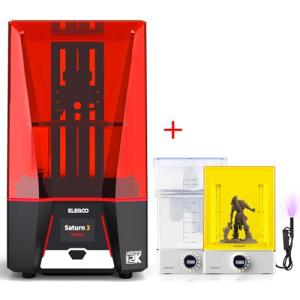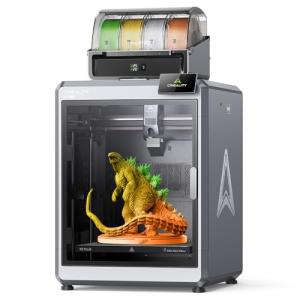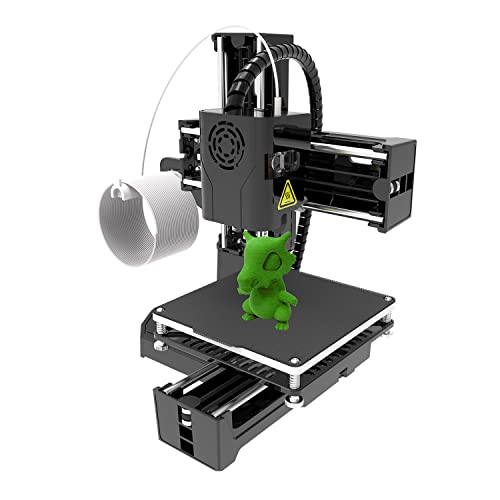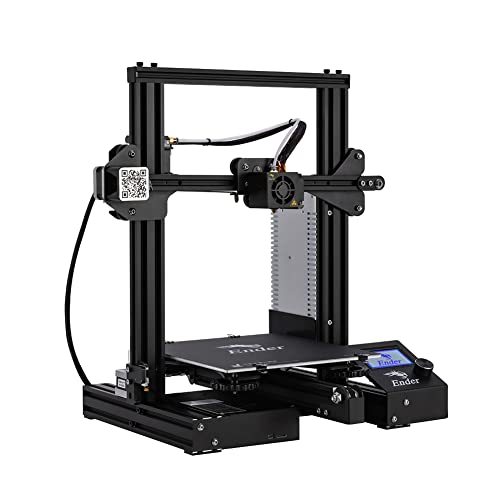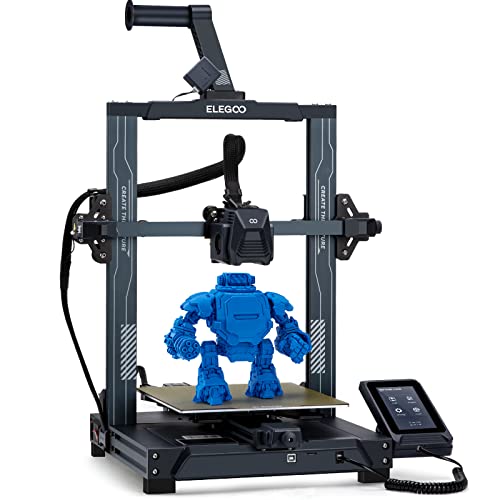When diving into the world of 3D printing, it helps to know the different types of printers available. Each type has its own quirks, strengths, and best uses, making them suited for different projects. Let’s break down the main types so you can find the right fit for you.
First up is the Fused Deposition Modeling (FDM) printer. This is the go-to choice for many beginners and hobbyists. It works by melting plastic filament and layering it to create your model. FDM printers are typically affordable, easy to find, and have a good range of materials to choose from. If you’re looking for a reliable and straightforward machine, this is where you should start.
Next, we have Stereolithography (SLA) printers. These use a process where a laser shines onto a resin tank, curing the resin layer by layer. SLA printers usually produce high-resolution prints with smooth finishes. They can be a bit pricier, but if you need detailed and intricate designs, they are worth the investment.
Don't forget about Digital Light Processing (DLP) printers. Like SLA, they use light to cure resin, but they do it all at once instead of layer by layer. This means faster printing times for larger models. If speed and efficiency are your top priorities, a DLP printer might be your best bet.
Last on the list is Selective Laser Sintering (SLS). This type uses lasers to fuse powdered materials together, making it ideal for functional parts and prototypes. While typically more expensive and requiring a bit more space, SLS printers offer excellent durability. For those looking to create tough, functional parts, getting familiar with S3D Printer Specifications for SLS can really pay off.
Key Specs to Look For
When you’re diving into the world of 3D printing, knowing what to look for in 3D Printer Specifications can make all the difference. Here’s a quick rundown of the key specs you should pay attention to:
Print Volume: This is the maximum size of the object your printer can create. A larger print volume gives you the freedom to tackle bigger projects without cutting them up into pieces. Think about what you want to print and make sure the volume fits your needs.
Layer Resolution: This spec tells you how fine your printer can layer the material. The lower the microns, the finer the details you can achieve. If you’re looking to create intricate designs or smooth finishes, pay close attention to this number.
Print Speed: Fast printing might sound tempting, but it’s important to balance speed with quality. Check the speed at which the printer operates, but also consider how that affects the print quality. Sometimes, slower speeds can lead to better results.
Filament Compatibility: Not all printers can handle every type of filament. Different materials like PLA, ABS, or PETG have unique requirements. Make sure the printer you choose can work with the materials you plan to use.
Understanding these key aspects within the 3D Printer Specifications will help you make an informed choice that fits your projects perfectly. Happy printing!
ELEGOO Saturn 3 3D Printer with Mercury XS Bundle
Get everything you need to start printing stunning 3D models right out of the box
Product information
$574.98 $423.99
Product Review Score
4.27 out of 5 stars
9 reviewsProduct links
Print Quality and Detail Matters
When it comes to 3D printing, print quality and detail are what really count. You’ll want a machine that can create crisp edges and fine details; that’s what makes your models look amazing. A printer’s resolution is typically measured in microns. The lower the micron number, the finer the details it can capture. If you’re aiming for intricate designs or small pieces, go for machines that offer resolutions of 100 microns or better.
Another important aspect of 3D printer specifications is nozzle size. A smaller nozzle can produce more detail, but it can also take longer to print. If speed is a priority, you might want to consider a larger nozzle size. Balance is key here. Think about what kind of projects you want to tackle. If you're into detailed miniatures, don't skimp on the small nozzle.
Layer height also plays a big role in how your final piece turns out. Thinner layers create a smoother finish, but they can lengthen print times. On the flip side, thicker layers print faster but may not capture all the fine details. Look for printers that let you adjust layer height so you can choose based on what you’re creating.
In short, keep an eye on these specs when diving into 3D printer specifications. They really make a difference in the quality of your prints. By knowing what to look for, you can find a printer that truly meets your artistic vision and practical needs. Happy printing!
Creality K2 Plus 3D Printer with Multi-Color Printing
Experience vibrant, multi-color creations with the easy-to-use Creality K2 Plus 3D Printer
Product information
$1,199.00
Product Review Score
4.44 out of 5 stars
161 reviewsProduct links
Choosing the Right Size For You
If you’re planning to print small items like miniatures or small prototypes, a compact model might be perfect for you. These printers usually have a smaller build volume but are great for those detailed projects. Plus, they take up less space in your home or office!
On the other hand, if you're aiming to create larger pieces, like toys or functional parts, look for a printer with a bigger build volume. Larger 3D printers can handle bigger projects but do require more space. This is where understanding 3D Printer Specifications really helps—make sure you check the dimensions and visualize where you plan to set it up.
Consider what kind of materials you'll be using too. Some larger printers can accommodate different filaments that might expand or take up more space during printing. The right size printer not only meets your project needs but also fits well with your workflow and available space.
